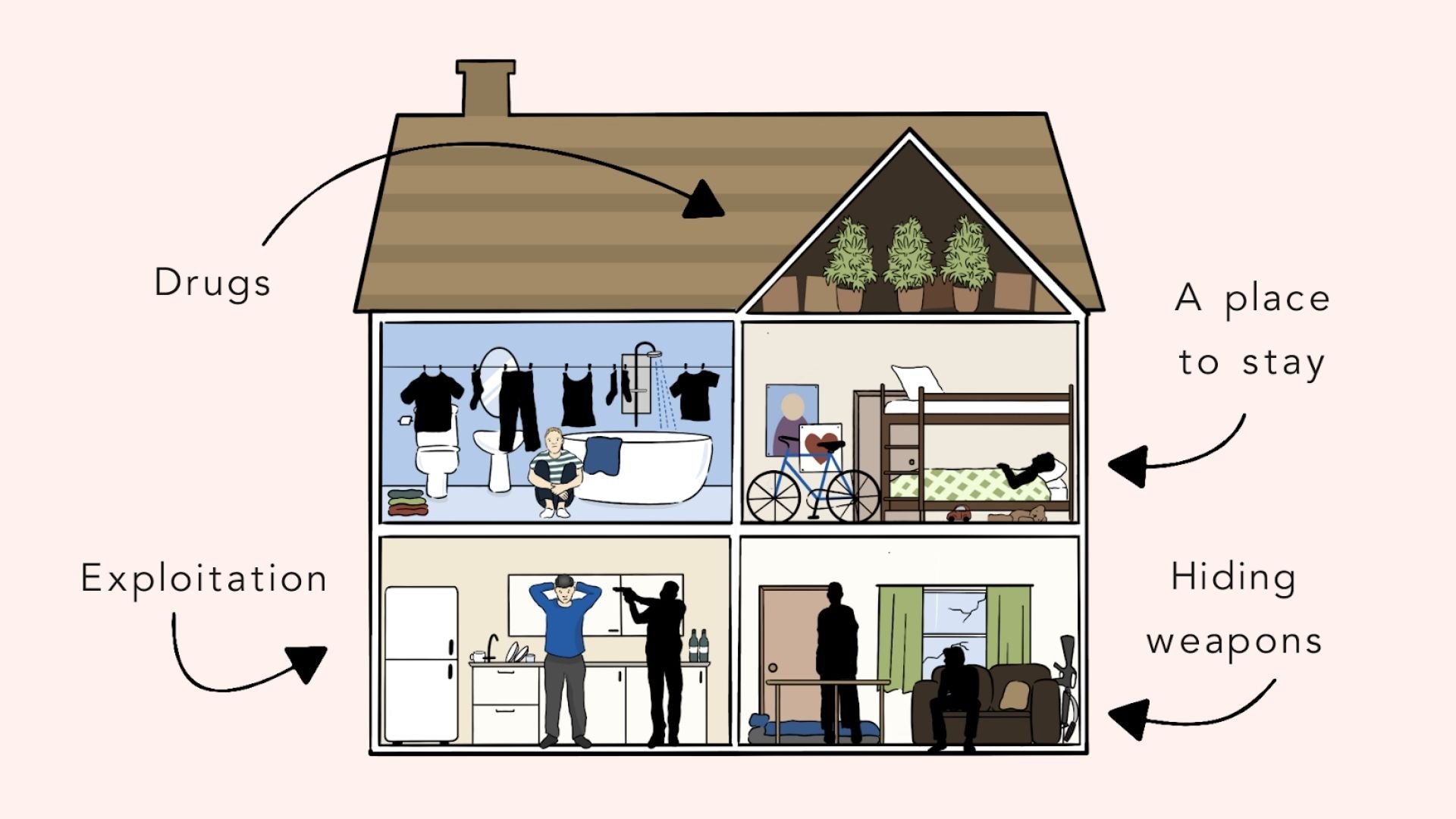Norfolk Safeguarding Adults Board: Hidden Harms
The brief
Following the success of the Tricky Friends animation, Hidden Harms is our second animation project with the Norfolk Safeguarding Adults Board.
While Tricky Friends was aimed at people with learning disabilities and/or autism, this new animation highlights the unique challenges that older adults face when domestic abuse occurs. Based on the Duluth power and control wheel, as adapted by Dewis Choice, this short animation aims to be a tool to help practitioners and families start a conversation with an older adult.
Creating the animation
The client was keen that the two animations felt like they were part of the same series, although their target audiences are very different. To create unity between the films, we kept to a similar colour palette of greyscale illustrations with pops of colour on the text and used similar editing techniques to bring the illustrations to life.
To ensure Hidden Harms would speak well to older adults, we worked with artist Giulia Coppola, whose more realistic style of drawing was better suited to the topic of domestic abuse than the cartoon style used for Tricky Friends.
Spreading the word
Norfolk Safeguarding Adults Board have been extremely generous with both animations, offering them both for use by other safeguarding boards and organisations around the country.
To facilitate this, CC Animation Studio creates new end slides to provide contact details for other local organisations, enabling the animations to reach and help far more people all around the UK.
If you are interested in a version of this film, edited to include the contact details for your Safeguarding Adults Board or organisation, please contact info@ccanimationstudio.co.uk and we can put you in contact with the team in Norfolk.





